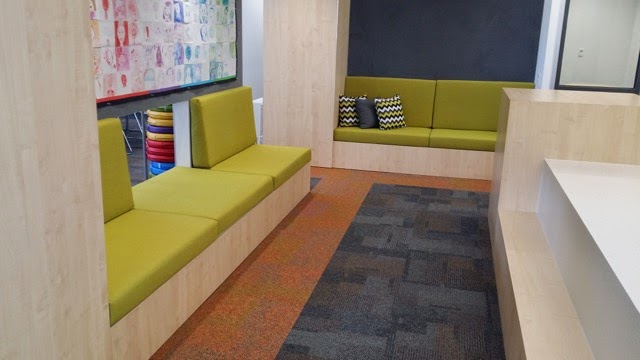No matter what you know about the challenges of change it really only starts to make sense once you're immersed in the nuances of a particular schools context! Hence four weeks in, and after a day of reflection and learning with Mark Osborne (CORE Ed) and my wider leadership team it all begins to become clear! I hadn't realised how easily is had been to become immersed in those day to day management issues in a big school in Term 4 within four weeks! Even though I kept saying "Lets lift our eyes" it was amazing how much the immediate day to day management issues around staffing changes, system challenges, curriculum queries started pulling my eyes down and away from where the real challenge begins and end - with the vision.
I've always liked this simple graphic that details that the leverage is most strongest when you start back at the very beginning and confirm and recallibrate what the vision is. It all either connects or disconnects from there. After our day of discussion and sharing with Mark Osborne the immediate elephant in the room at a leadership level was the lack of a clear and consistent vision across our school. So simple and yet so easy to lose sight of in the day to day stuff and yet so important for the leadership to keep the eye on the ball. That is the core part of what we are there for. If the leadership lose sight of that shared common purpose then there is no way we can expect teachers to stay connected to it.
Another great graphic which details this as well is Grant Lichtman's 'Stairway of Successful Innovation' 2014 (which he expanded from M.Lippett, 1987 and T. Knoster, 1991). It shows that without a clear vision you have confusion.
Step 1 is to bring us all back to our centre and to reconnect all our stakeholders with a shared and common purpose. Then, and only then can we build from there.













































































































